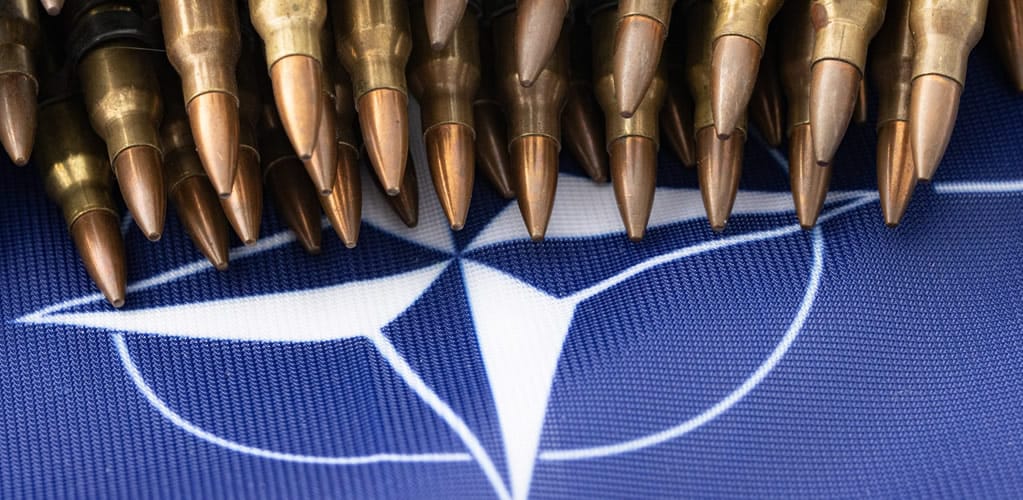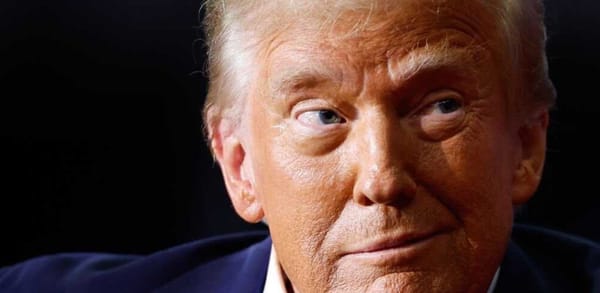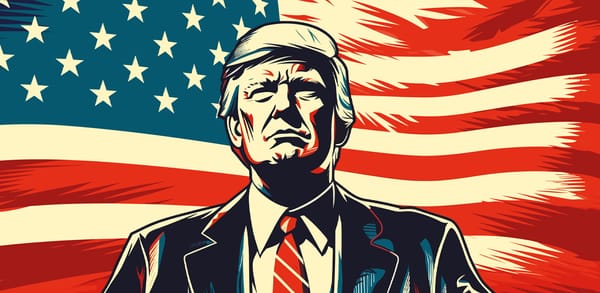Trump-proofing NATO: Why Europe’s current nuclear deterrents may not be enough to face biggest threats since WWII
NATO members are urgently rethinking their nuclear strategy as Donald Trump’s potential presidency might weaken U.S. commitments, prompting Europe to consider independent defence capabilities amid rising Russian threats.

T hough a second Trump presidency is not a foregone conclusion, NATO members are gearing up to Trump-proof the organisation and reviewing their defence strategies.
NATO’s concerns about Trump’s re-election were heightened by his flippant comment in February that he would encourage Russia to do whatever it wanted, if certain countries didn’t pay up, defying NATO’s principle that an attack on one constituted an attack on all.
Trump’s comments represent a seismic departure for US foreign policy. No US president has made these types of threats before about its commitment to NATO, and this has forced Europe to prepare to deal with Russian aggression without US support.
Ahead of NATO’s 75th anniversary summit in Washington DC in July, this has become so concerning that one of the major parties in the European parliament, the European People’s Party has called on Europe to build its own nuclear umbrella without the US.
“We want NATO, but we also have to be strong enough to be able to defend ourselves without it or in times of Trump.
“Regardless of who is elected in America, Europe must be able to stand on its own in terms of foreign policy and be able to defend itself independently.”
— Manfred Weber, leader of the centre-right European People’s Party (EPP)
Of course, this is all coming to a head at a time when the West is facing the biggest threat to its security since the second world war, making the discussions about NATO’s nuclear shield more salient.
Although Russia is unlikely to use nuclear weapons in this conflict in Ukraine, some experts are warning that assuming that NATO’s current nuclear deterrence is sufficient is foolhardy.
Putin has made it clear that Russia is prepared and willing to use nuclear weapons, if necessary. Putin may believe that a limited use of nuclear weapons would not escalate the war enough to involve the US, making it more likely that Russia could dip into its nuclear arsenal in its next conflict to gain a huge advantage (or possibly at a later stage in the current one).
Nuclear decisions
The logic of nuclear deterrence assumes that all actors are rational, have full information and can use that information to predict what others will do.
Putin has shown that he is a risk-taker with poor military intelligence, leading to massive miscalculations, particularly if NATO remains complacent.
Putin may also assume that the US under Trump would be mostly preoccupied with domestic political opponents, giving Russia the chance to push ahead and do whatever it wants. Recently leaked documents from Russian military files have shown that its threshold for using nuclear weapons is surprisingly low, particularly if conventional methods aren’t working.
With two of the biggest superpowers being led by wildcards Putin, and potentially Trump, NATO members are rethinking their nuclear strategy. Both the UK and France have nuclear capabilities, and this provides an independent nuclear deterrence.
However, NATO’s deterrence relies mostly on US nuclear weapons deployed in Europe – of which there are about 100 non-strategic warheads (down from 7,500 in the 1980s) deployed in five NATO countries – Belgium, Germany, Italy, the Netherlands and Turkey. By comparison, Russia has around 6,000 nuclear weapons – which constitutes the world’s largest arsenal – and can launch these weapons from land, sea and air.
Russian nuclear weapons are deployed across dozens of military bases in Russia, with some tactical nuclear weapons recently moved to Belarus.
Most concerning may be Russia’s confirmation in 2018 that it has nuclear-capable Iskander missiles in Kaliningrad – the Russian enclave between Poland and Lithuania.
Even though Russia’s nuclear modernisation drive has not been a huge success, the Kremlin has used the threat of nuclear weapons to temper the West’s response to Russian aggression.
Can Europe survive without the US?
Though the conflict in Ukraine has made the issue of nuclear deterrence more urgent, this is not the first time European powers have voiced concerns about their own vulnerabilities. In 2020, French President Emmanuel Macron raised the alarm about the US’s commitment to NATO and offered to make France’s nuclear deterrence the centre of European defence strategy.
At the time, NATO secretary-general Jens Soltenberg dismissed this suggestion, claiming that it made more strategic sense to rely on the US’s nuclear umbrella.
France and the UK are far behind Russia. France has around 290 nuclear warheads, which can be deployed at short notice, from both air and sea.
The UK decided in 2021 to increase the number of nuclear weapons to 225, with the goal of reaching 260 warheads by 2025.
Unlike Europe, the US does have a huge stockpile of nuclear weapons, just below Russia’s – at 5,244, and this includes nuclear-armed submarines, long-range bombers and inter-continental missiles. It has also been flying B-52 strategic bombers close to the Russian border in the Gulf of Finland, as a show of force to the Russians.
But a Trump presidency may give Putin the impression that he is unlikely to face any consequences for his actions from the US, which has been at the heart of NATO’s current nuclear deterrence plan. This would put more pressure on Europe to demonstrate its resolve.
Poland, for one, has made clear that it is ready and able to host nuclear weapons, while the Baltic states have upped their own military spending. Close to Kaliningrad, the Baltics have important energy and telecommunications infrastructure, making the area particularly vulnerable.
While some experts argue to increase NATO’s nuclear capabilities and sharing programmes, others claim that NATO’s most significant source of deterrence comes from political unity and its advanced conventional forces.
Increasing nuclear weapons capabilities may make Russia feel more threatened, and more likely to take risks. A related view is that the war in Ukraine has proven that there is no effective nuclear deterrent. The existence of tactical nuclear weapons (of which Russia has 2,000), which are smaller and more precise, increases the likelihood that they will be used by virtue of being smaller.
Whatever course of action carries enormous risks and potential devastation. And it’s important to highlight that the nuclear weapon launched in Hiroshima in 1945 was a “small” nuclear weapon — and it still had the power to kill 140,000 people with generations later still suffering from diseases.
Modern nuclear weapons are 3,000 times more powerful. This makes it all the most critical to come up with a coherent and effective nuclear strategy that can prevent them from being used at all.

GOING FURTHER
Russia may not start an all-out war with NATO, but already has plans to destroy it from within | Business Insider
Sources:
▪ This piece was originally published in The Conversation and re-published in PUBLIC SQUARE UK on 1 May 2024. | The author writes in a personal capacity.
▪ Cover: Unsplash/Marek Studzinski. (Licensed under a Creative Commons Attribution-ShareAlike 4.0 International License.)






[Read our Comments Guidelines]